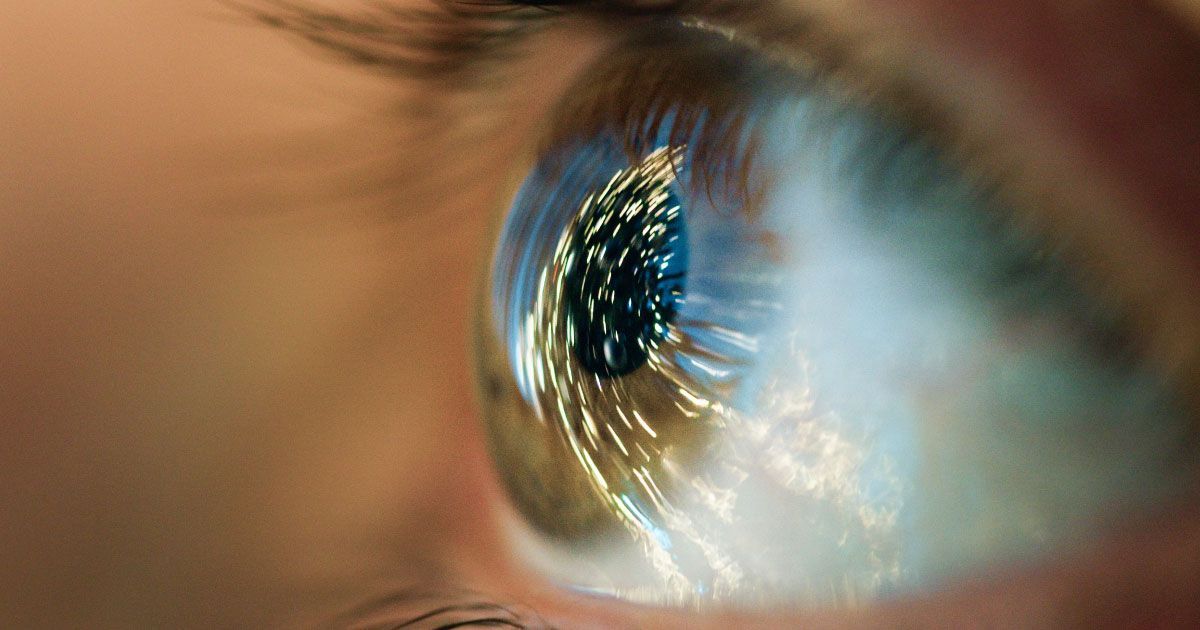Study Smart, See Clearly: Eye Care Habits For Students

Read time: 5 minutes
The importance of eye care for students cannot be overstated, particularly in an era dominated by digital screens and demanding academic schedules. Students spend countless hours poring over textbooks, scribbling notes, and engaging with digital content on computers, tablets, and smartphones. This rigorous visual engagement can lead to eye strain, headaches, blurred vision, and even long-term vision problems if proper care is not taken.
Effective eye care is essential for maintaining optimal visual health and ensuring that students can perform at their best academically. Clear vision is crucial for reading comprehension, note-taking accuracy, and overall learning efficiency. When students experience discomfort or visual disturbances, their ability to concentrate diminishes significantly. This not only hampers their academic performance but also affects their overall well-being.
The Link Between Vision And Learning
Understanding the link between vision and learning is crucial for students aiming to optimize their academic performance. Vision is not merely about seeing clearly; it encompasses a range of skills such as eye tracking, coordination, focusing, and perceptual abilities. These visual skills are fundamental in reading, writing, and comprehending information effectively. When any aspect of vision is compromised, it can lead to difficulties in absorbing classroom material.
For instance, undiagnosed refractive errors like myopia or hyperopia can cause blurry vision, making it hard for students to read textbooks or see the board clearly. This often leads to eyestrain and headaches, which can significantly hamper concentration and retention rates during study sessions. Moreover, poor visual skills may result in slower reading speeds and reduced comprehension levels. Early detection of visual issues allows timely intervention that can enhance a student’s learning experience significantly.
Additionally, digital device usage has surged among students for both educational and recreational purposes. Prolonged screen time can strain the eyes due to blue light exposure and inadequate blinking rates. Symptoms like dry eyes and blurred vision are common complaints that impact a student’s ability to focus during extended study periods.
Creating A Study-Friendly Environment
Creating a study-friendly environment is pivotal for both academic success and maintaining good eye health. A well-lit space is essential to avoid eye strain; natural light is ideal, but if that's not available, a desk lamp with adjustable brightness can suffice. Organize your workspace to minimize distractions—clutter can be visually overwhelming and mentally disruptive.
Ergonomics also play a significant role: ensure that your chair supports good posture and that your computer screen is at eye level to reduce neck strain. Personalizing the work space with motivational quotes or calming elements like plants can also make studying more enjoyable and effective.
Proper Lighting, Screen Usage, and Eye Care for Studying
Creating an optimal study environment requires attention to lighting and screen usage. Adequate lighting, preferably natural or from a well-placed desk lamp, minimizes eye strain and enhances focus. Avoid glare by positioning lights to the side of screens and workspaces.
Managing screen time is equally important. The 20-20-20 rule—taking a 20-second break every 20 minutes to look at something 20 feet away—helps reduce digital eye strain. Adjust screen brightness to match ambient light and consider using blue light filters or special eyewear for prolonged screen exposure.
To further protect your eyes:
- Ensure proper lighting in your study area.
- Take regular breaks to relax eye muscles and reduce strain.
- Adjust screen settings to match room lighting.
- Incorporate vision exercises like palming and eye rolling into your routine.
These practices not only preserve vision but also enhance cognitive performance by preventing burnout and maintaining alertness. Remember, caring for your eyes is an integral part of effective studying.
Nutrition And Hydration For Healthy Eyes
Proper nutrition and hydration play a pivotal role in maintaining eye health, especially for students who often strain their eyes during prolonged study sessions. Incorporating a balanced diet rich in essential nutrients can significantly enhance visual performance and reduce the risk of eye-related issues. Foods high in omega-3 fatty acids, such as fish and flaxseed, support retinal health, while leafy greens like spinach and kale provide antioxidants like lutein and zeaxanthin that protect against harmful light exposure.
Vitamins A, C, and E, found in carrots, citrus fruits, and nuts respectively, are crucial for preventing conditions like dry eyes and macular degeneration. Additionally, staying well-hydrated ensures that the eyes remain moist and free from irritation. By combining mindful eating with adequate water intake, students can keep their vision sharp throughout their academic pursuits.
Creating Proper Sleep Routines
Creating a sleep routine is crucial for both eye health and academic performance. Consistent, quality sleep allows the eyes to rest and repair, reducing the risk of strain and fatigue that can result from prolonged study sessions. Establishing a regular bedtime helps regulate the body's internal clock, ensuring deeper, more restorative sleep. This not only enhances cognitive function but also improves concentration and memory retention—key components of effective studying.
To foster an optimal sleep environment, limit screen time before bed to reduce blue light exposure, which can interfere with melatonin production. Incorporating relaxing pre-sleep activities such as reading or meditation can further ease the transition to restfulness. Prioritizing adequate sleep sets a foundation for students to maintain sharp vision and achieve academic success.
Importance Of Regular Eye Exams
Regular eye exams are crucial for students as they play a significant role in both academic success and overall well-being. Vision problems can often go unnoticed, subtly affecting reading, writing, and even concentration. A comprehensive eye exam can detect issues such as myopia, hyperopia, or astigmatism early on, enabling timely intervention with corrective lenses or other treatments. Furthermore, regular check-ups can identify more serious conditions like glaucoma or retinal disorders that may not present immediate symptoms but could impact long-term vision health.
By ensuring optimal vision through regular eye exams, students are better equipped to engage fully in their studies without the hindrance of undiagnosed visual impairments. Ultimately, maintaining good eye health is an integral part of fostering an effective and enjoyable learning experience.
The Takeaway
The key to successful studying lies in balancing effective learning techniques with good eye health practices. By implementing efficient study habits and eye care routines, students can enhance their academic performance while reducing eye strain. Essential practices include taking regular breaks from screen time, using proper lighting in study areas, implementing the 20-20-20 rule, and creating a well-organized, distraction-free study environment.
These habits not only improve concentration and productivity but also contribute to long-term eye health. Regular eye examinations are also crucial, as they can detect early signs of vision problems or other health issues.
By prioritizing eye care alongside academic pursuits, students empower themselves to achieve their full potential. This approach ensures clear vision and sustained focus throughout their educational journey, setting a strong foundation for future success.
Integrating these practices into daily routines optimizes both learning experiences and visual wellness, supporting not just immediate academic goals but also long-term health and career aspirations.
Share this blog post on social or with a friend:
The information provided in this article is intended for general knowledge and educational purposes only and should not be construed as medical advice. It is strongly recommended to consult with an eye care professional for personalized recommendations and guidance regarding your individual needs and eye health concerns.
All of Urban Optiks Optometry's blog posts and articles contain information carefully curated from openly sourced materials available in the public domain. We strive to ensure the accuracy and relevance of the information provided. For a comprehensive understanding of our practices and to read our full disclosure statement, please click here.


















